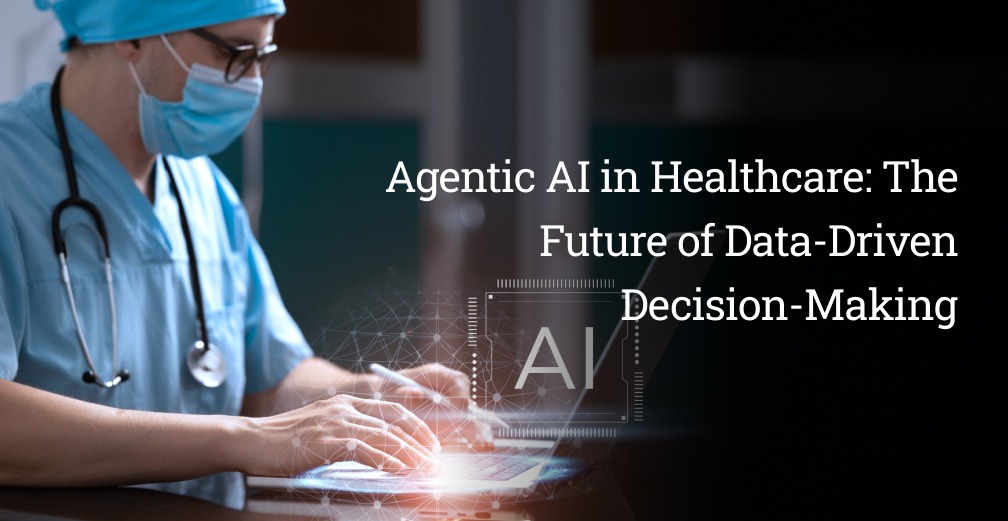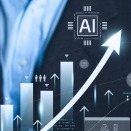
Every day, buyers waste significant time searching for products on websites. Sounds frustrating, right? Consequently, 43% of visitors go directly to the search bar. That’s billions in lost productivity and abandoned purchases if they still don’t come across the relevant product or similar ones.
Read More Smart Search Revolution: How AI Transforms Magento 2 Product Discovery


















